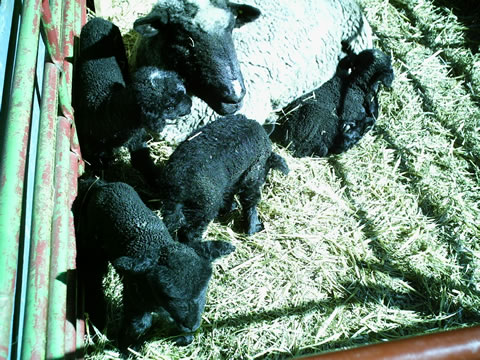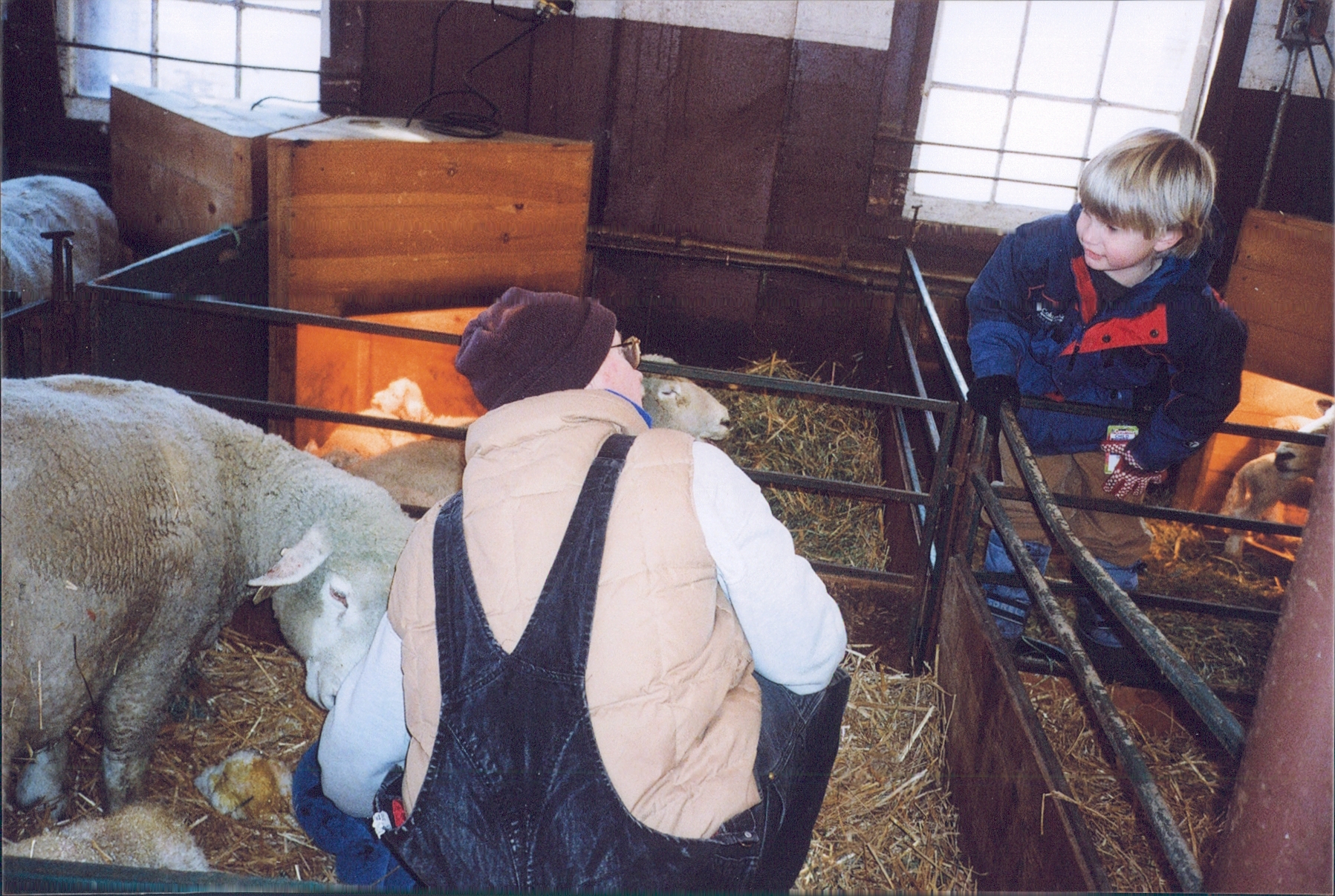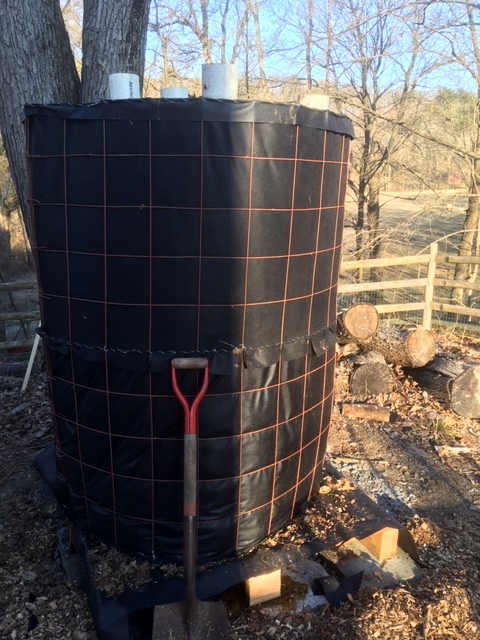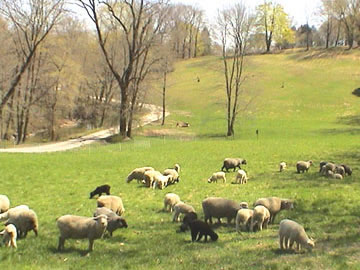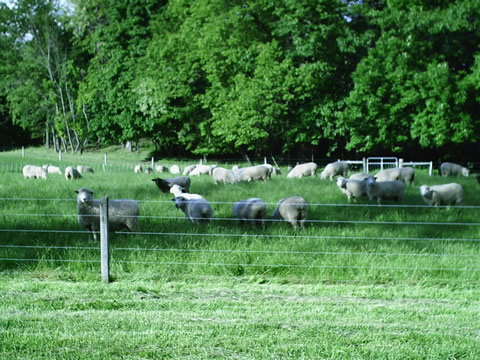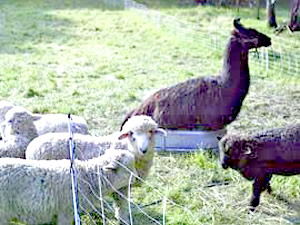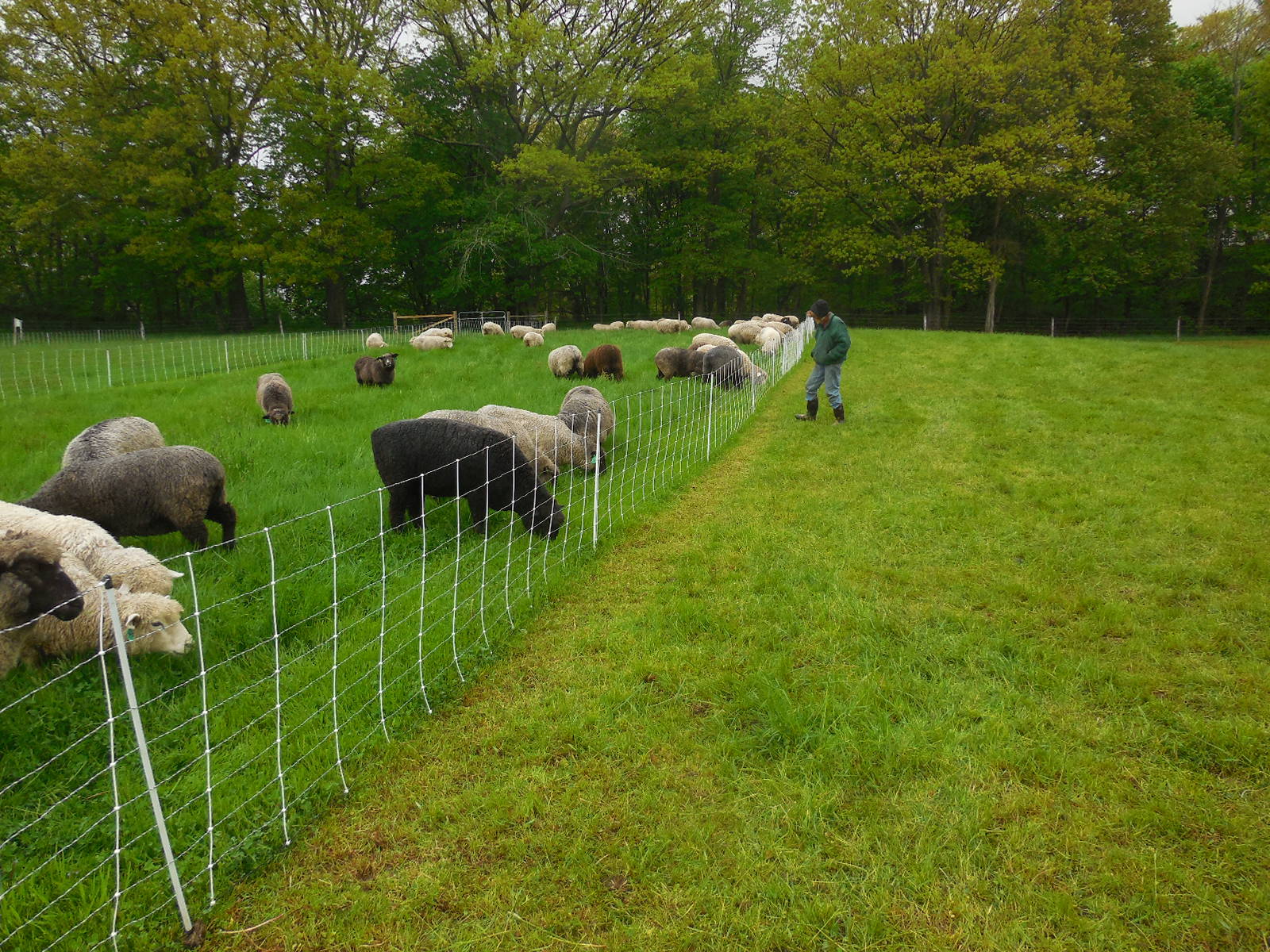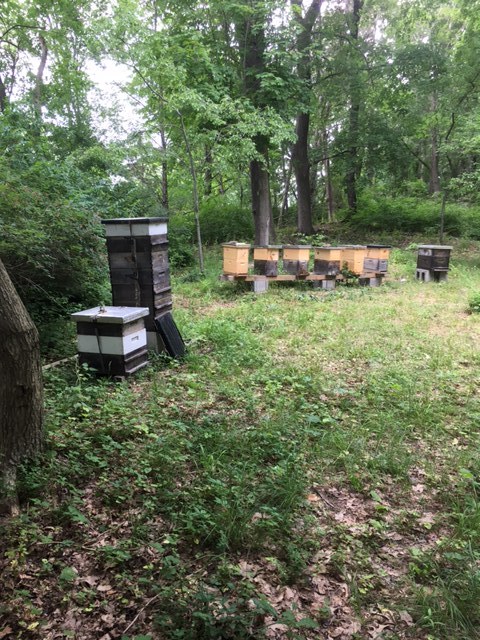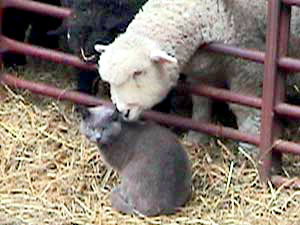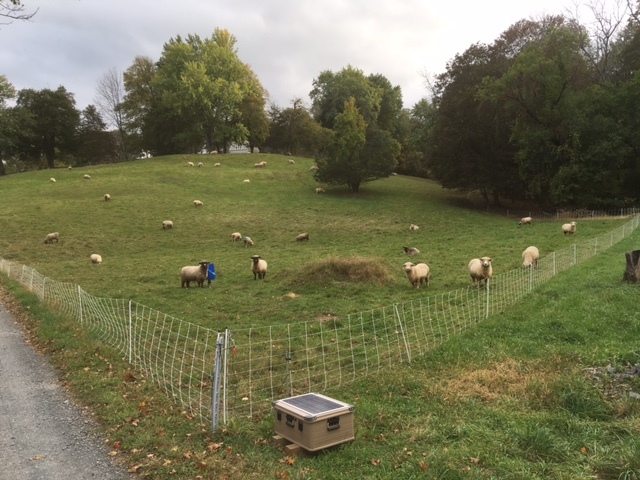photo from Free Farm Images
The third essay in a series on how American agriculture can thrive in a strenuous good-faith effort to halt global warming. The six, earliest first, are these:
2. Comparing-carbon-footprints-of-world-and-american-agriculture
3. Fossil-fuels-in-the-carbon-footprint-of-american-agriculture
4. Carbon-tax-and-american-agriculture
5. Carbon foodprints in American Agriculture
6. Carbon sequestration and storage in Soil
Abstract The proportion of USA greenhouse gas emissions (GHG) attributed to “Agriculture” that are due to fossil fuel combustion (FFC) ranges from near-nil to 8-9%. It depends how the sector is defined. FFC related to agriculture is reportable under other headings like “Energy” or “Transportation.” To see how a “carbon tax” would hit farmers, I set up additional sub-categories . When only on-farm machinery is considered, FFC explains a sparse 51 M mt CO2-e%/yr (9%) of 566 M mt CO2-e%/yr GHG emissions from agriculture. When other mobile sources of FFC associated with agriculture are factored in, the figure goes to 121/643 = 19%. It rises to 23% counting indirect sources like electricity generation and power generation for ammonia synthesis. Even a drastic reduction of FFC in American agriculture would therefore not result in CO2 emissions lowered enough on the national scale to justify the ruinous costs to many farmers and ranchers of drastically reducing FFC while trying to maintain current production. Sequestering carbon in agricultural soils jibes perfectly with reducing fossil fuel consumption as a “win-win” for farmers and the world, but farmers must have some fiscal support to turn the corner.
The third essay in a series on how American farmers and ranchers can be part of a solution to climate change while improving the health of agricultural soils The second essay observed that in U.S. agriculture the best-known greenhouse gas, CO2, is 19% of the total GHG that I tabulated, with methane and nitrous oxide combining for 81%. That tabulation was not complete. Here I will fill it out.
Graph 3.1 N2O (col 1) and CH4 (col 2 and 3) totals from Chap 5 of EPA 2017 Inventory Col 4 CO2 from fossil fuel combustion in mobile farm equipment ON farm Col 5 for fossil fuel combustion in farm vehicles OFF the farm on business was added by me as explained in the previous essay.
If one counts in the Ag sector only CO2 emissions due to soil application as did EPA in their Inventory analysis CO2 (9 M mt /511 M mt/yr from urea and liming) is just 1.8% of the total . Several categories of emissions of actual CO2 not always counted by EPA as “agricultural,” however, must be considered when thinking about the impact of a “carbon tax” on ranching and farming households. They include, but are limited to, fossil fuel combustion
- in mobile machinery on-farm (direct, and measurable). See col 4 in Graph 3.1
- in vehicles using public roads on farm business (direct, but hard to measure from national statistics). See col 5 in Graph 3.1
- in generating electricity used on farms (indirect, counted under electricity generation)
Another important category of indirect emissions comes from fossil fuel combustion to make synthetic fertilizers, pesticides and herbicides (for which fossil fuels are often also the feed stocks). These are logged under “industrial.”
Post farm-gate processing of farm and ranch produce also leads to emissions, largely of actual CO2. I think personally these should not be attached to agriculture, but they are in some life cycle assessments.
In any case, with a carbon tax on the horizon, everyone in production agriculture should assess her or his exposure to the expected increase in price of fossil fuels. One way to do that is to see where he or she is directly or indirectly generating CO2
I try below to frame the carbon footprint of a farm or ranch more fully than chapter 5 of the EPA inventory document allows when it sets aside fossil fuels. Everything to be added on or reshaped is familiar to any farmer or rancher, but not necessarily to every food-eater.
The first two of these three sometimes forgotten items were taken up in the essay preceding this one
The third item not considered by EPA in Chapter 5 — electricity generation — I had overlooked until it loomed large in our own farm’s carbon footprint. Unable to find any recent numbers, I roughed out the figure 16 M mt CO2-e for national farming and ranching for the year 2015. The arithmetic is in a short appendix. Readers are urged to check and criticize.
Nor could I find a figure for CO2-emissions related to the manufacture of synthetic nitrogen fertilizers or pesticides or herbicides. For the first-named I used 1.9 M mt CO2 per Mt NH3. 9.4 M mt of ammonia were manufactured in the US in 2014 (we imported 4.5 more); so I conjectured a figure for NH3 synthesis of 19 M mt CO2-e/yr. This figure, like several of mine, is extremely fuzzy.
Graph 3.2 shows eight sources that emit the three major GHGs related to agricultural activities in the USA circa 2014-2015 . Of the 677 M mt CO2-e, actual CO2 is 158 M mt (23%).
Graph 3.2 Selected GHG releases in American agriculture ca. 2014-2015 by source, in million metric tons CO2-e/yr. “Fossil fuels” represents molecular CO2 from fossil fuel combustion (FFC) in mobile farm machinery on farm and on-road vehicles doing farm business. Enteric fermentation emits CH4. Elect gen is CO2 from FFC. SFN mfg is CO2 from FFC in mfg of ammonia, pesticides and herbicides. Manure mgmt releases CH4 and N2O. “Rice cultivation” releases CH4. “Soil mgmt” is N2O soil to air from soil to soil. “Urea and liming” release CO2 not directly from FFC. Data sources various; see text. Most are in Chapter 5 of 2017 EPA Inventory.
Agriculture seems not so strongly linked to fossil fuel combustion with its CO2 emissions as is the nation; the carbon footprint of the USA as a whole, by gas, in CO2-e is 82% CO2 as shown in graph 3.3 below.
.
Graph 3.3
In the carbon footprint of US agriculture, CO2 has a much smaller slice (23%) of the pie.
Does the distance between 23% and 82% mean that agriculture would be hit less hard by a carbon tax than other sectors of the economy? No. For one thing, there would be carbon tax hidden in the delivered price of agricultural chemicals such as synthetic fertilizers, pesticides and minerals. For another, farmers and ranchers are often more dependent directly or indirectly on fossil fuels for daily operations than most households and businesses. Most farms rely on expensive long-lived machinery. The farmer who’s used an older tractor for twenty years and would like to replace it with a more fuel-efficient one may not have the capital to do so. By contrast, a repair business with four vans expects to replace them frequently, if only to look up-to -date.
So far I have concentrated on carbon dioxide emissions as both markers of environmental impact and of potential carbon tax impact. Now let’s move beyond them to the GHGs that dominate the carbon footprint of American agriculture. These are, as already mentioned, methane (CH4) and nitrous oxide (N2O). Should these have a global warming deterrent tax or fee imposed also, a la carbon fee or tax? Cold reasoning says yes; to leave them as the unacknowledged elephant in the parlor undermines the push to cut GHG emissions.
Practical wisdom says to leave them alone for now, then circle back. American agriculture is addicted to synthetic nitrogen fertilizers. This must be broken. Yet the tactic cannot be to suddenly notch up the farmer’s costs of producing food without being sure that consumers will pay the difference. Regenerative agriculture offers a a long-term solution tied to reviving old modes of enriching soil that sequester carbon, reduce the need for synthetic fertilizers and make soil more resilient. I will return to that theme in the fifth essay and after.
Some American farmers and ranchers export to other countries. Many fear that if the USA had a carbon tax that upped the asking price of exports from this country, US growers would suffer in competition with exports from countries that do not. They are right. Carbon tax advocates recognize that all countries must commit to make a global success.
People who advocate “putting a price on carbon” to lower GHG emissions recognize that such a tax or fee, no matter what is done with the revenues, is regressive on lower-income households, which typically spend a higher proportion of annual income for “energy” than do more affluent ones. Thus increases in price of “energy” burden them exceptionally. A compelling variation on the carbon tax theme called “carbon fee and dividend” (CFD) proposes to redress the unfairness by distributing the net revenues of the fee as a periodic dividend to every household in the country based on a this formula: one adult no children 1 share; two adults no children 2 shares; more than two adults no children 2 shares; one or more children 1 additional share; maximum of 3 shares per household.
Unfortunately, carbon fee and dividend offers farm and ranch household far less chance of benefit than other households in the same income stratum enjoy. The fourth essay in this series shows why, then discusses how we could theoretically get past that disadvantage and in so doing boost the prosperity of American agriculture and combat climate change. The key is restoring carbon to our soils.
To go to appendix use the <click here> prompt to read more.
Appendix to ” Fossil Fuels in the Carbon “ : estimating how much from the grid electricity is used on farms A book chapter “Energy Consumption in U.S. Agriculture” by John A. Miranowski, now Professor of Economics at Iowa State, was essential. It can be found by googling the Professor’s name. Published in 2006. The author observes that in 2002, U.S. agriculture consumed 1.7 quadrillion btus, about 1.7% of the total USA consumption. He writes that on farm electricity consumption was about 1% of the national total, Assume that ratio is the same these days. National electrical consumption was 3,900 billion kwh in 2015, of which 1% is 39 billion kwh. If generating a kwh at a methane-fired plant releases 0.9 pounds of CO2, that’s 35 billion lb CO2 for “farms, ” which works out to 16 million metric tons CO2 or CO2-e. Warning: on farm electricity consumption in 2002 measured in btus (see table below ) then converted to kwh was about 2.9% of the US total
trillion btus
electricity 356 = 0.104 trillion kwh
fertilizer 498
diesel fuel 469
gasoline 146
pesticides 108
0.104 trillion kwh on farms /3.59 trillion kwh of national total = 2.9% . I think the discrepancy with 1% has to do with inefficiency of generating electricity.
Appendix: let’s compare GHG releases from fossil fuel combustion in mobile equipment on farms to that from other sectors counted under transportation. It’s slightly more than rail and a surprising entrant, pipelines. [Aside: I think it’s the compressor stations for natural gas pipelines that generate most of the emissions in that category]
Graph 2.9. GHG emissions from selected sub-sectors of Transportation, USA 2014
reference https://nepis.epa.gov/Exe/ZyPDF.cgi?Dockey=P100ONBL.pdf ONTMS = “other non-transportation mobile sources” besides agricultural field equipment. These comprise lawn and garden, recreational and logging. “Construction” includes mining.















